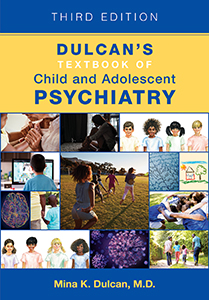Sections
Excerpt
Specialized techniques are necessary to conduct a developmentally valid mental health assessment of the preschool-age child (age 2–6 years). The standard approaches used for older children and adolescents are insufficient to obtain an age-appropriate and clinically meaningful assessment. Significant developmental differences between a preschool- and a school-age child require a tailored approach to obtaining a history and a mental status examination. The fundamental principle is that the preschool child does not function as a psychologically autonomous individual and remains inextricably tied to the primary caregiver for adaptive and emotional functioning. Despite the important developmental transitions in the primary relationship during the preschool period, the caregiver-child dyad is the most meaningful unit of observation and assessment. Whenever possible, the mental status examination of a preschool child should be conducted with the child and caregiver together rather than with the child individually. Although an individual play interview of the preschooler alone may be necessary in some circumstances (e.g., with preschoolers without the benefit of primary caregivers), observation of the child with the caregiver present is generally the most appropriate method.
Access content
To read the fulltext, please use one of the options below to sign in or purchase access.- Personal login
- Institutional Login
- Sign in via OpenAthens
- Register for access
-
Please login/register if you wish to pair your device and check access availability.
Not a subscriber?
PsychiatryOnline subscription options offer access to the DSM-5 library, books, journals, CME, and patient resources. This all-in-one virtual library provides psychiatrists and mental health professionals with key resources for diagnosis, treatment, research, and professional development.
Need more help? PsychiatryOnline Customer Service may be reached by emailing [email protected] or by calling 800-368-5777 (in the U.S.) or 703-907-7322 (outside the U.S.).



